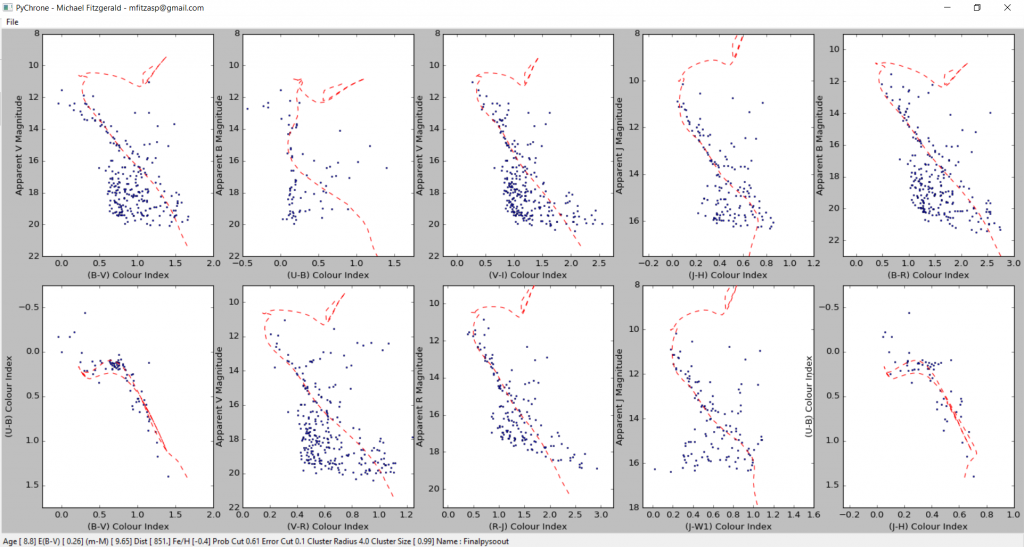One of the most important parts of modern astronomy is stellar evolution. Stellar evolution research is driven by the continuing comparison of observations taken by telescopes to computer modelling undertaken through applying theory. The stellar lifecycle is also a fundamental conceptual area in understanding the universe.
One of the key areas in stellar evolution is the study of clusters of stars that were born together and live their lives together throughout cosmic time, from the youngest open clusters to the oldest globular clusters. Each cluster of stars is a unique snapshot of stellar evolution for stars of a given age, distance, metallicity and reddening (as well as more some subtle aspects). Each cluster of stars is also fairly unique. Just like snowflakes, they show predictable patterns but also a diversity of expressions of these patterns that can be unique to the environment in which they were born and have lived. This fact, and the tens of thousands of clusters in our galaxy, provides ample opportunities for student, amateur and professional research on individual or small groups of clusters.
The Pysochrone tool is designed to allow users to use the keyboard to drive “isochrones” – the red line representing the model prediction for a set of stars at that age, distance, metallicity and reddening over their observation data, presented as traditional dots on a variety of colour-magnitude diagrams. This allows both the development of conceptual understanding by providing an easy way to explore the models and the data in the context of stellar evolution as well as providing an authentic tool to fit isochrones to new data for research purposes.
The Pysochrone tool uses a catalogue file most easily generated by the PysoSubmit tool to request a dataset from Las Cumbres Observatory (link). The OSS Pipeline (link) automatically analyzes the resulting u, B, V, r, I and z images, crossmatches them with GAIA, 2MASS and WISE catalogues to produce the catalogue automatically. If you do not have an LCO account, please feel free to contact us to request an account or get advice on where you could access an LCO account.
It is also possible to make a PysoChrone catalogue out of existing archival observations. We plan soon to have the tool available online, likely as a copiable google collaboratory script.
Further developments will include allowing you to upload your own observations – using the available filter sets on your own telescopes – as a catalogue to produce a full cross-matched pysochrone catalogue.
We plan soon to provide a class set of open clusters for use with the pysochrone tool.
Pysochrone can be run either from a python terminal, or using one of the below one click packages for Windows and macOS. Video tutorials for running these packages are provided below.

